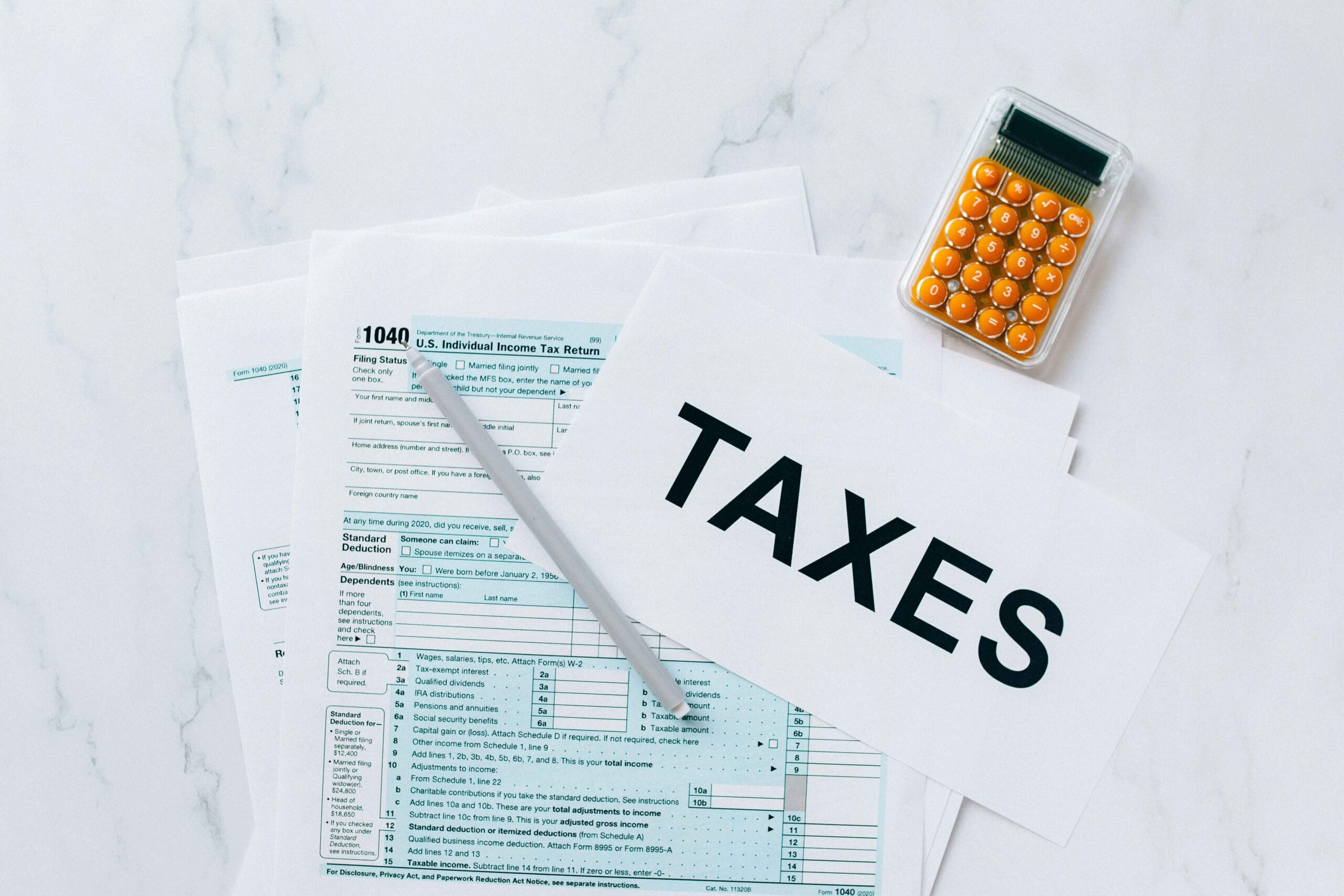Minimizing Tax Liabilities Through Deductions, Credits, and Tax-Efficient Investments
Effective tax management can yield a lot of savings and thus make the financial strategy more effective in personal finance. Savings through deductions, credits, and tax-efficient investments are all ways of mitigating tax liabilities. Here’s how you can approach these elements strategically to reduce your tax burden.
1. Utilize Deductions
Tax deductions reduce your taxable income and, consequently, the amount on which you pay tax. There are two basic types of deductions: standard and itemized. The standard deduction is a fixed amount that reduces your taxable income, and it’s available to all taxpayers. You may get a greater benefit by itemizing if your itemized deductions exceed the standard deduction.
Itemized deductions include expenses such as mortgage interest, property taxes, unreimbursed medical expenses above a certain threshold, and charitable contributions. Keeping careful records and saving receipts throughout the year can help you remember to claim deductions for which you might be eligible. Also, some deductions, including those for student loan interest and contributions to retirement plans, are allowed regardless of whether you itemize.
2. Claim Tax Credit
Tax credits directly reduce the amount of tax that you owe. Because of this, they are generally much more valuable than tax deductions. The two main types of tax credits are nonrefundable and refundable. Nonrefundable credits reduce your tax but only to zero; it cannot go below zero. Refundable credits can give a refund if the credit is greater than your tax liability.
Common ones include the Earned Income Tax Credit, the Child Tax Credit, and education credits like the American Opportunity Credit and Lifetime Learning Credit. Each being different, with its own list of prerequisites to qualify and, therefore, be in a better position to earn more, a careful review of its criteria may help. For instance, the Child Tax Credit, an excellent relief for families with qualifying children, and the education credits can help defray some of the higher education expenses.
3. Apply Tax-Efficient Investments
Tax-efficient investment could make significant differences in the quantum of taxes an investor pays on investment income and capital gains. One very common and highly effective investment approach involves using tax-advantaged accounts. These include Individual Retirement Accounts, popularly known as IRAs, and 401(k) plans. Most often, contributions to a traditional IRA and 401(k) are tax-deductible, while investments grow tax-deferred until withdrawal. On the other hand, Roth IRAs and Roth 401(k)s are funded with after-tax dollars, but the money is tax-free in retirement, which can be a very favorable option if you think your tax rate will be higher in the future.
Tax-efficient funds and investment strategies play a role, too. For example, index funds and ETFs tend to generate fewer taxable events than active management simply because of their lower turnover. Furthermore, capital gains from investments held longer than a year are taxed at a more favorable long-term capital gain rate compared to shorter-term gains. Thus, holding your investments long can lower your tax liability on your capital gains.
4. Consider Tax-Loss Harvesting
Tax-loss harvesting is the selling of declined investments to realize a loss that can offset other investment gains, possibly lowering your taxable income. By doing this, it allows you better management and balance of capital gains and losses. Just be mindful of the “wash sale” rule. Under this rule, if you sell one security and buy what the IRS defines as a “substantially identical” one within 30 days, you cannot deduct the loss for tax purposes.
5. Plan Taxes for Future Years
Strategic tax planning also involves the management of current-year tax liabilities while keeping in perspective future implications. These may include retirement account contributions, charitable donations, and investment decisions to help lower your future tax burdens. Ongoing review of your financial plan and modification of strategies will help keep you on target toward meeting your long-term tax objectives.
Conclusion
After all, avoiding tax burdens through deductions, credits, and efficient investments is really a proactive knowledge-based process. Knowing and utilizing all possible deductions available to you, availing yourself of tax credits, making strategic investments, and planning for years in which your tax liability will be substantial-all these go toward minimizing your tax burden and reinforcing your financial position. Being informed about updates and seeking advice from experts whenever necessary will optimize your tax strategy to help achieve overall financial success.


